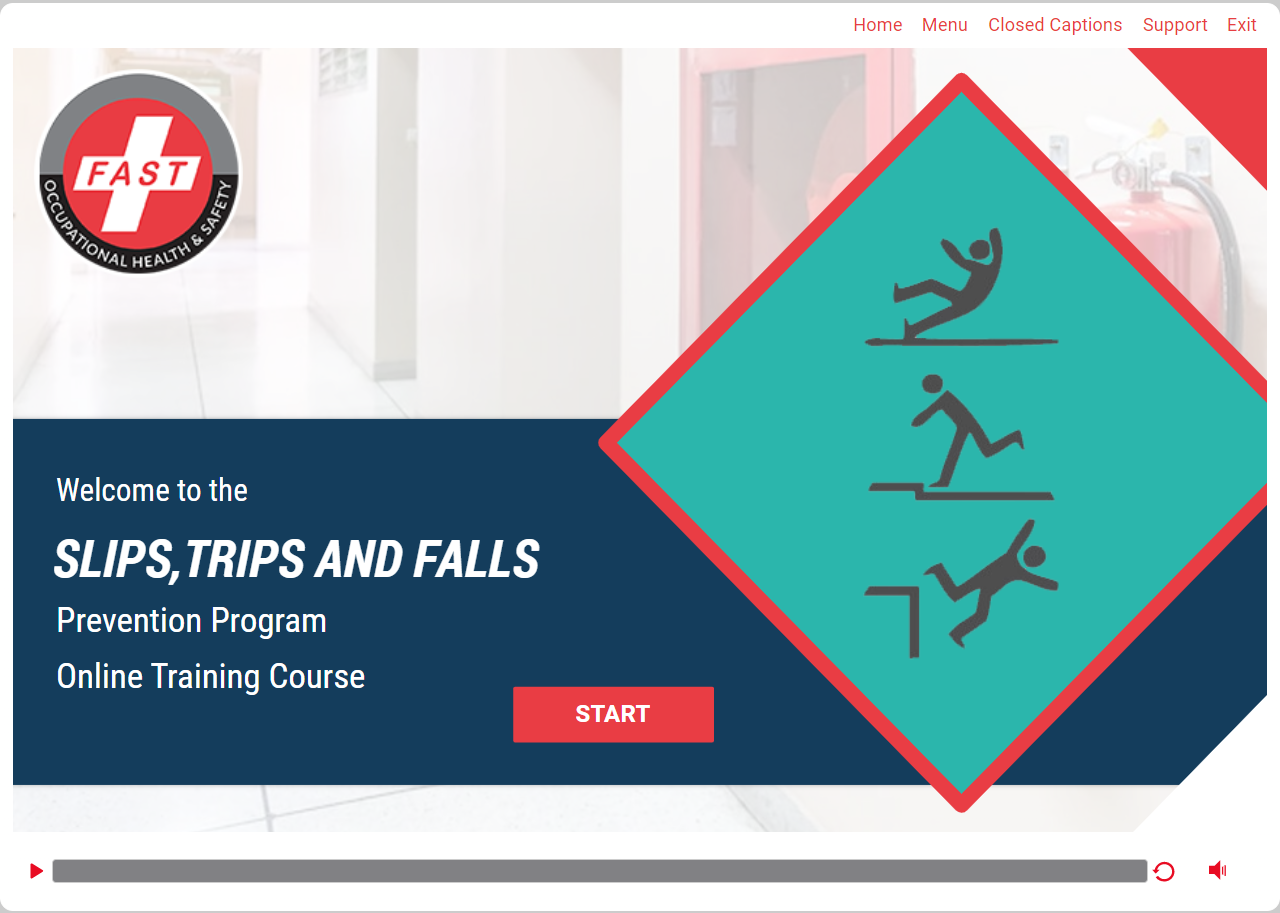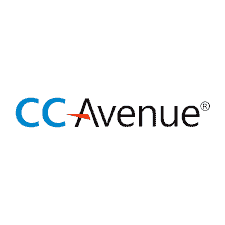ABOUT THIS COURSE

Slips, Trips and Falls Prevention Program Online Training Course (E-SSTP-E)
Introduction to Slips, Trips and Falls Prevention Program Online Training Course
Occupational Health and Safety (OHS) – Online Slips, Trips, and Falls Prevention Program
The course is fully narrative and describes each topic in a comprehensive manner using relevant images.
You can stop the course at any time after you’ve begun it and pick up where you left off. Also, a final test is offered to gauge your understanding at the end of the course.
If you successfully pass this final test, you will get a completion certificate to advance your career.
SLIPS, TRIPS, AND FALLS PREVENTION PROGRAM TRAINING COURSE OUTLINE
1. INTRODUCTION
The chapter discusses the responsibility of preventing slips, trips, and falls in the workplace. The employer is considered to be the primary party responsible for recognizing, assessing, and implementing controls to prevent these types of hazards.
However, the “Internal Responsibilities System” (IRS) theory, which is the basis for all Canadian workplace safety laws, suggests that all stakeholders should participate in making the workplace safer.
This means that not only employers but also supervisors/managers and workers themselves have a role to play in preventing slips, trips, and falls. The content highlights that it is not just the employer’s responsibility to ensure a safe workplace, but also the responsibility of everyone involved. By taking collective responsibility, stakeholders can work together to identify potential hazards and implement measures to eliminate or control them, reducing the risk of slips, trips, and falls and creating a safer work environment for everyone.
2. SLIPS
Slips are incidents where someone loses their footing or traction, often on a slippery or smooth surface, resulting in an unintentional slide or loss of balance. The chapter describes slips and the contributing factors that cause them. A slip occurs when there is not enough friction between a person’s feet and the walking surface, which can cause the person to lose their balance and fall.
The chapter lists some of the contributing factors that can cause slips, including ice, oil, water, cleaning liquids, and smooth walking surfaces. These factors can create a slippery surface that reduces the friction between a person’s feet and the surface, making it more difficult to maintain balance and increasing the risk of a slip and fall accident.
By identifying and addressing these factors, employers can implement measures to reduce the risk of slips and create a safer workplace environment for employees.
3. TRIPS
Trips are incidents where someone stumbles or loses balance due to an obstacle or uneven surface. The chapter describes trips and the contributing factors that cause them. A trip occurs when a person’s foot or other part of the body makes contact with an object that reduces their ability to maintain balance, causing them to lose their footing and fall.
The chapter lists some of the contributing factors that can cause trips, including uneven surfaces, lack of lighting, cords, and obstacles in a person’s path. These factors can create hazards in the workplace that can cause employees to trip and fall, leading to injuries and related costs.
By identifying and addressing these factors, employers can implement measures to reduce the risk of trips and create a safer workplace environment for employees.
4. FALLS
Falls are incidents where someone unexpectedly descends to a lower level, often resulting in an unintentional drop or collapse. The content discusses falls and the contributing factors that can cause them. A fall is a vertical plunge that occurs at or above ground level and is often the result of slips and/or trips. The improper use of equipment and ladders can also increase the chances of falling. The content also notes that there are two types of falls. By identifying and addressing the factors that can cause falls, employers can take steps to prevent these types of accidents from occurring in the workplace.
This can include providing training on the proper use of equipment and ladders, ensuring that walking surfaces are well-maintained and free from hazards, and implementing measures to reduce the risk of slips and trips. By prioritizing safety and taking a proactive approach to preventing falls, employers can create a safer workplace environment for their employees.
1. Falls on the same level
2. Falls from elevation
3. Falls from ladders
4. Prevention of falls
5. Tips for falling
5. SUMMARY
A slips, trips, and falls prevention program is a systematic approach to identifying and controlling hazards in the workplace that can cause slips, trips, and falls. The program typically includes four key components: hazard identification, hazard assessment, hazard control, and training and education.
Hazard identification involves identifying all potential hazards in the workplace that could cause slips, trips, and falls. Hazard assessment involves determining the severity of the hazards and the likelihood that they will cause an incident. Hazard control involves implementing measures to eliminate or control the hazards, such as proper maintenance of flooring, adequate lighting, and the use of non-slip surfaces. Training and education involves educating employees on the hazards and how to prevent incidents from occurring.
An effective slips, trips, and falls prevention program can reduce the number of incidents in the workplace, increase employee safety, and reduce the costs associated with workplace injuries.
6. FINAL TEST
The final test evaluates learners understanding and knowledge gained from the training. It includes questions on the roles and responsibilities of the committee members, meeting procedures, safety regulations and standards, and emergency response protocols.
The test may be in the form of multiple-choice questions, or choosing the correct answers. The final test is essential to ensure that the learners have comprehended the training’s key concepts and can apply them in the workplace.
- Slips, Trips and Falls Prevention Program
- Download Certificate
Student Reviews
Feedback from students who have taken this course.

